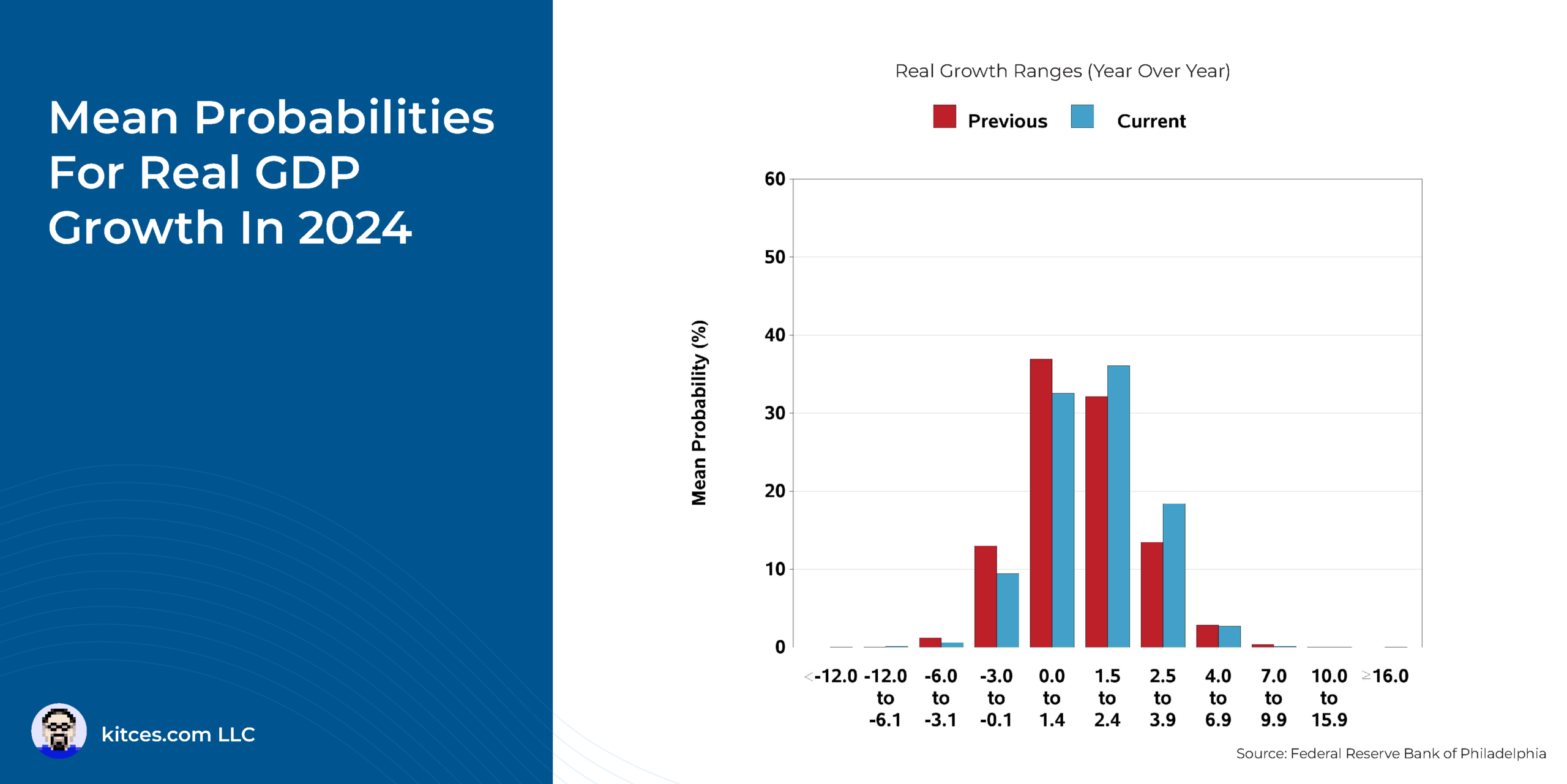Niels Bohr famously observed that “Prediction is very difficult, especially if it’s about the future!” The sentiment is especially poignant when it comes to economic forecasting, as it’s nearly impossible to get an accurate picture of the current state of the economy at any given moment. As a result, uncertainty about how the economy may unfold, even along the shortest time frames, is the default. However, given the ongoing debate around the various ‘hard’, ‘soft’, or ‘no-landing’ scenarios that have dominated the headlines due to the Federal Reserve’s campaign to tame inflation, it’s safe to say that economic uncertainty is especially elevated at the moment. The good news is that by gaining a better understanding of some of the economy’s key drivers, financial advisors have the opportunity to deliver more value to their clients by helping them better identify the opportunities and risks present in this highly uncertain environment!
As has been the case for several quarters, the prevailing characteristic remains a “tale of 2 economies”. While the manufacturing sector (which makes up ‘only’ 8% of the U.S. economy) contracted for the 12th consecutive month, the services sector (constituting about 78% of GDP) expanded for the 11th consecutive month, serving as a primary driver behind continued wage inflation as well as tightness in the labor market.
While there’s certainly a chance that the Fed will achieve its 2% inflation target without a commensurate spike in unemployment, there are still plenty of threats on the horizon. Notably, banks face pressure on several fronts, including declining values of longer-term debt holdings impacting balance sheets, savers shifting out of savings accounts as they seek higher-yielding money market funds, and record-level office vacancy rates that hinder the refinancing of low-rate real-estate loans into higher-rate loans.
Consumers, meanwhile, have just about burned their way through their post-COVID savings, which was the main driver for GDP growth in 2023. With credit card balances and delinquencies spiking and student loan payments resuming, it’s unlikely that consumers will be able to sustain their spending levels and ride to the rescue once again in 2024. Businesses are also feeling the pinch from higher interest rates, as November saw a rapid increase in the number of Chapter 11 commercial bankruptcies.
The labor market, while still remarkably resilient, has also started to show signs of stress. Since the Fed started raising rates in March 2022, job growth has steadily slowed; continuing claims for unemployment hit a 2-year high; the average work week is getting shorter; and job openings, ‘quit rates’, and wage growth for job switchers have all been falling.
The good news is that while there’s little doubt that the economy is indeed slowing, there don’t seem to be any “black swans” lurking around the corner, as was the case for 2008’s severe recession. As a result, professional forecasters generally agree that there’s less than a 50% chance of negative growth throughout 2024 and that unemployment could rise to a manageable 4.1%.
That said, plenty of factors can still impact the economy and markets, including the conflicts in Israel and Ukraine, increased tensions with China, a spiking debt-to-GDP ratio, and chances for a government shutdown. Moreover, historically extreme valuations in a small handful of mega-cap stocks that account for about 30% of the market weight in the S&P 500 (i.e., the Magnificent Seven) means that any sort of correction in those names could reverberate through the broader market.
The key point is that, given the current economic uncertainty, there are several ways that advisors can help clients prepare for potential downturns. This can involve reducing exposure to high-risk equities and longer-term bonds while moving towards shorter-term, lower-risk debt. Additionally, diversifying towards assets that still carry a risk premium but have a low correlation to stock market cycles or traditional bond inflation risks (e.g., reinsurance, private lending, consumer credit, long/short factor funds, commodities, and trend-following) can be beneficial. Ultimately, while no one has a (clear) crystal ball or control over any of the myriad factors influencing the markets, advisors play a crucial role in helping their clients understand and navigate these risks, keeping them focused on their long-term goals!


